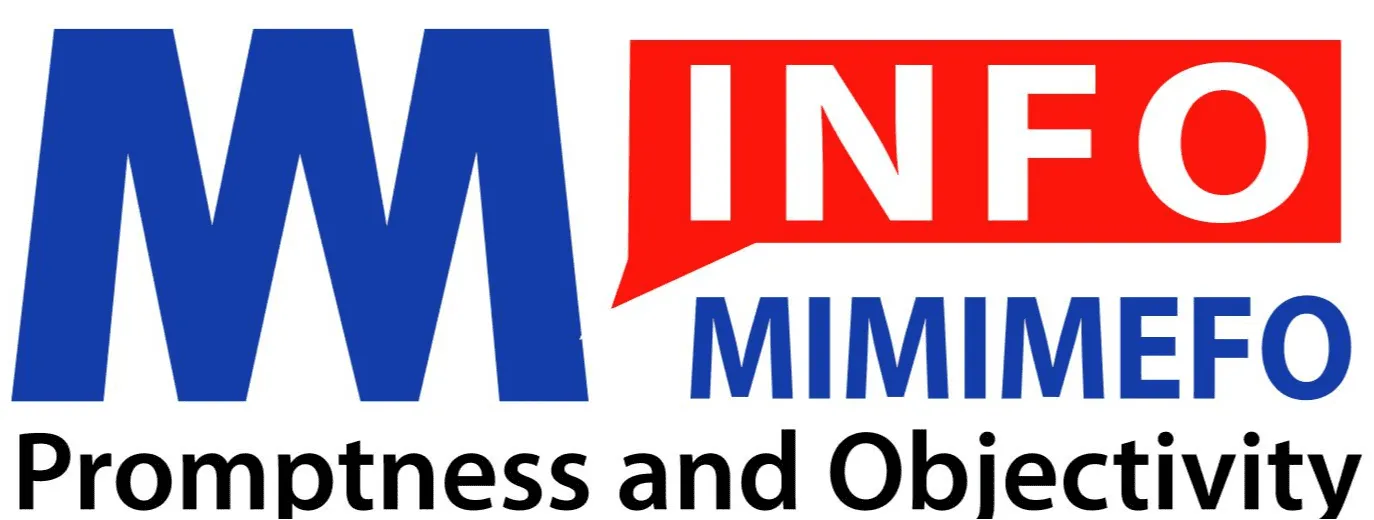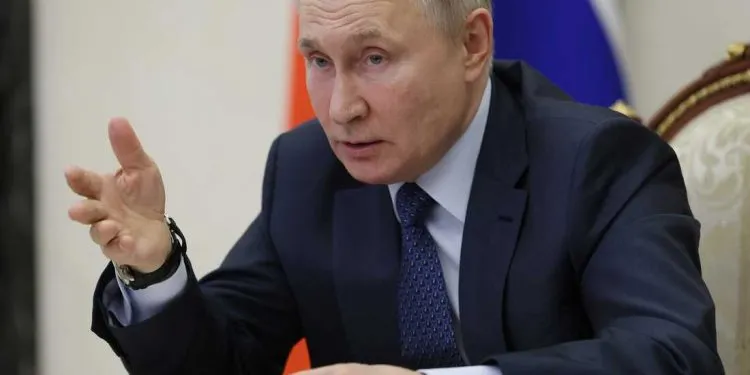Russian President Vladimir Putin has declared a temporary “Easter truce” in Ukraine. But the move, framed by Moscow as a humanitarian gesture, has sparked scepticism, raising more questions than it answers.
According to the Russian Ministry of Defence, the ceasefire is set to last 30 hours — from 16:00 BST (18:00 Moscow time) on April 19 to 22:00 BST (midnight Moscow time) on April 20. The Kremlin says all Russian military actions will be halted during that window, and it expects Ukraine to mirror the gesture.
But Ukrainian President Volodymyr Zelensky has shown no signs of embracing the offer. In a post on social media platform X, Zelensky denounced what he called “Shahed drones in our skies,” arguing that they “reveal Putin’s true attitude toward Easter and toward human life.”
“Yet another attempt by Putin to play with human lives,” Zelensky wrote, as air raid sirens echoed across Ukraine. He did not directly address the truce.
A Gesture or a Gambit?
The timing of Putin’s announcement has drawn particular scrutiny. The truce comes just days after U.S. President Donald Trump expressed growing frustration over stalled peace negotiations. Trump warned that the U.S. would “take a pass” on further involvement in brokering talks if either side failed to show progress.
The Kremlin’s move, then, seems as much political as humanitarian — a bid to reclaim the narrative and paint Russia as a willing peacemaker. But critics argue it’s more about optics than actual peace.
“Wording is everything,” said James Waterhouse, the BBC’s Ukraine correspondent. “This is not the first time Putin has declared a pause in fighting. In early 2023, he called a holiday truce — but the shelling never stopped.”
Indeed, there’s precedent for such declarations being more symbolic than substantive. In Bakhmut last year, fighting continued despite Moscow’s announcement of a similar ceasefire.
Prisoner Swap Amid Ceasefire
Coinciding with the truce, Russia’s Defence Ministry announced a prisoner exchange: 246 individuals were swapped, including 31 wounded Ukrainian soldiers in return for 15 injured Russians. Ukrainian President Zelensky welcomed the return of 277 Ukrainian servicemen, calling it “one of the best pieces of news that can be.”
He expressed special thanks to the United Arab Emirates for its mediation. According to Ukrainian officials, 4,552 people have now been brought home from Russian captivity since the war began.
While advocating a brief ceasefire, Putin also accused Kyiv of breaching a previous agreement to halt strikes on energy infrastructure. This is a reference to a deal reportedly made in late March. He claimed Ukraine had violated the agreement “more than 100 times.” Both sides have traded blame for ongoing attacks on energy systems, complicating any efforts at sustained peace.
Will the Truce Hold?
Despite the Kremlin’s official stance, few observers believe the ceasefire will be observed evenly — or at all. “Ukrainian forces aren’t suddenly going to down their weapons,” Waterhouse noted. “Russia’s overall invasion of Ukraine is into its 12th year, and goodwill gestures don’t just materialise.”
The real test lies not in the declarations but in what unfolds on the ground over the next 30 hours. As of now, no official statement has been issued by Ukraine confirming its participation in the truce. And with active drones and missile alerts reported across Ukrainian territory, the early signs are not promising.
In the absence of mutual trust and verified compliance, Putin’s truce may be remembered less as a step towards peace and more as a geopolitical manoeuvre.
As of publication time, neither President Zelensky nor President Trump has formally responded to the Kremlin’s ceasefire proposal. We’ll continue to monitor developments and provide updates as more information becomes available.


